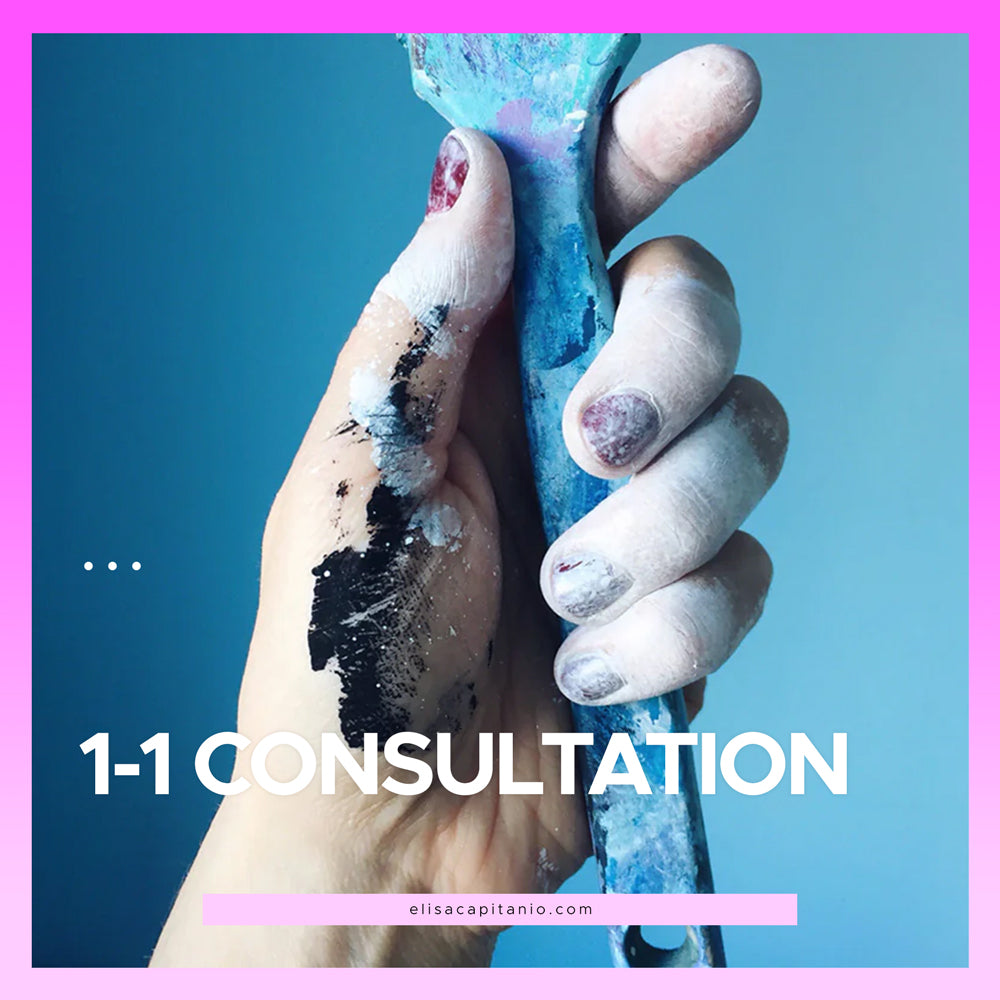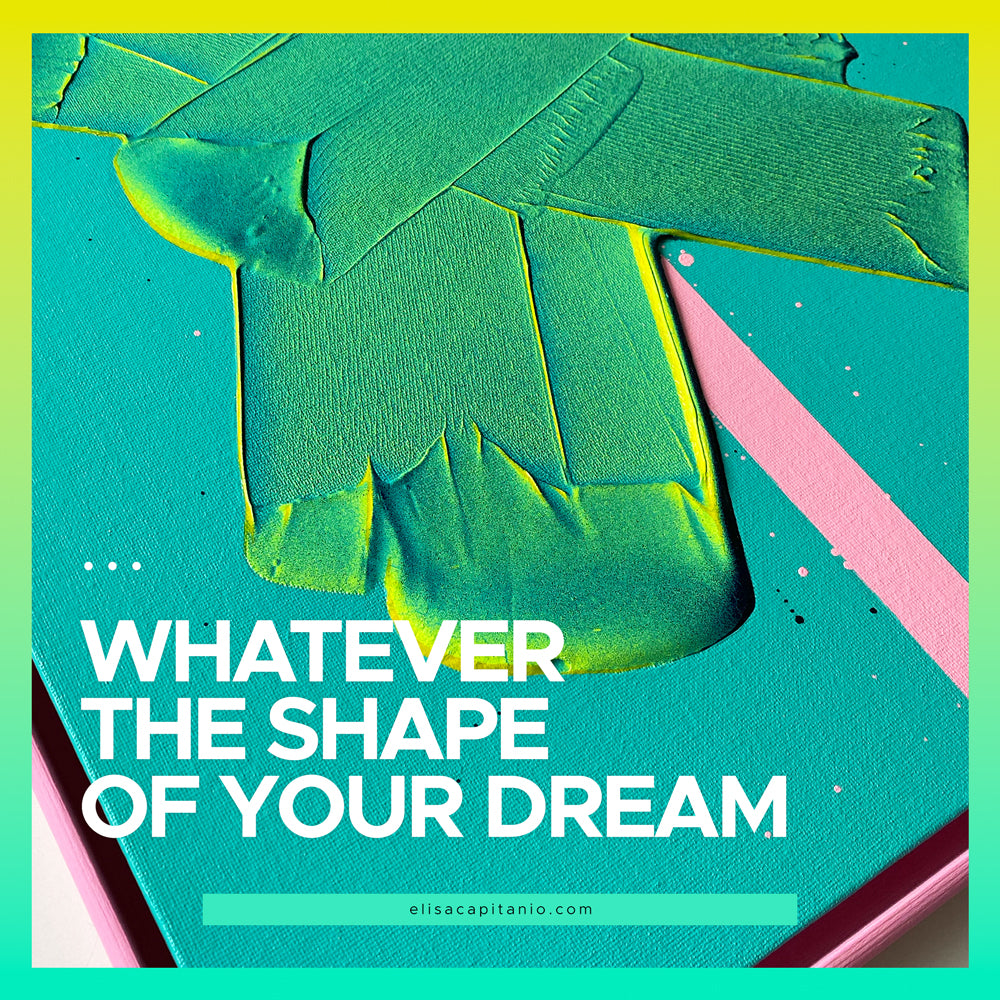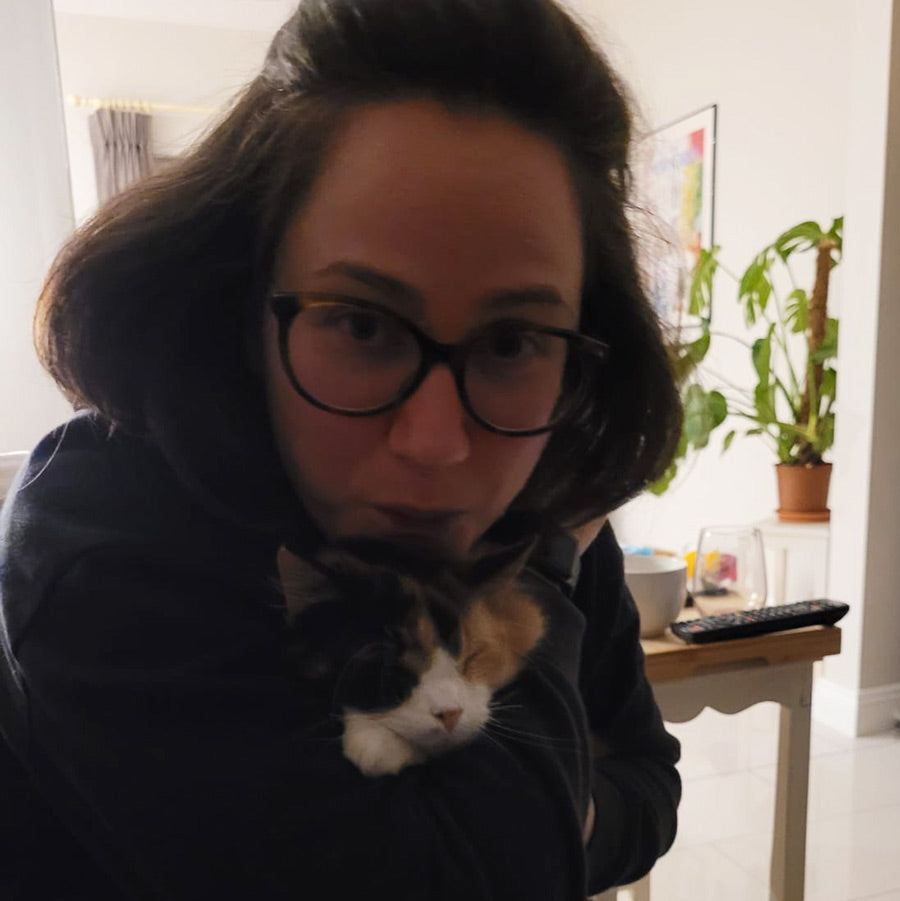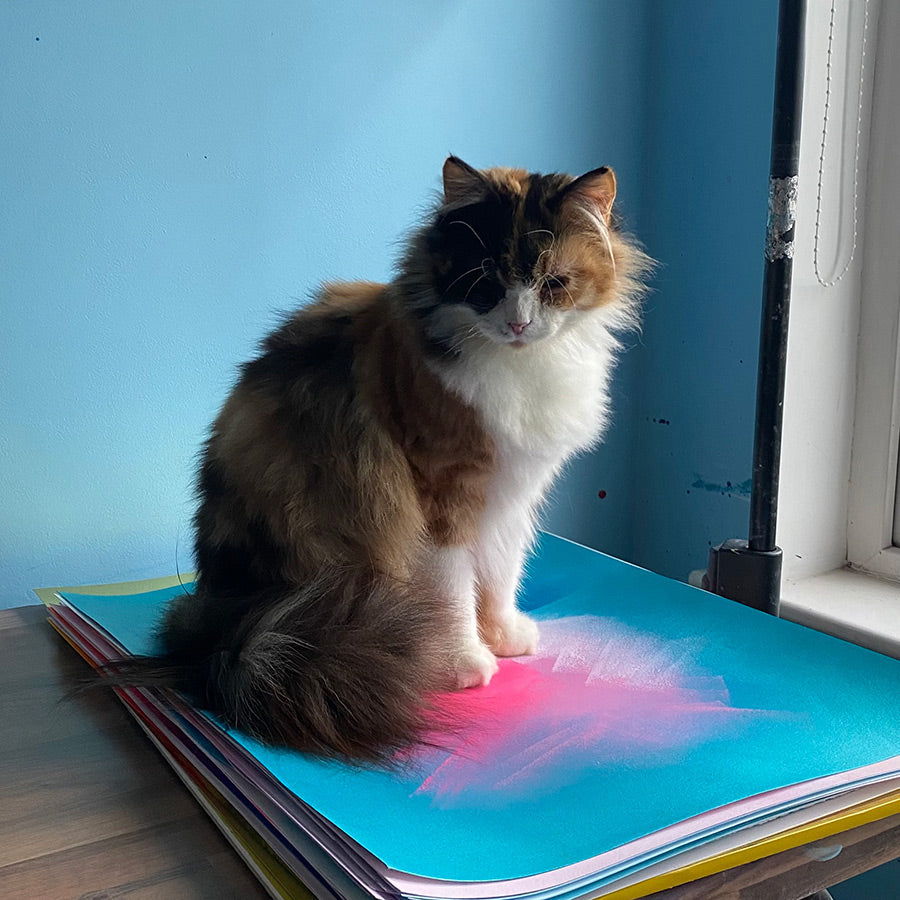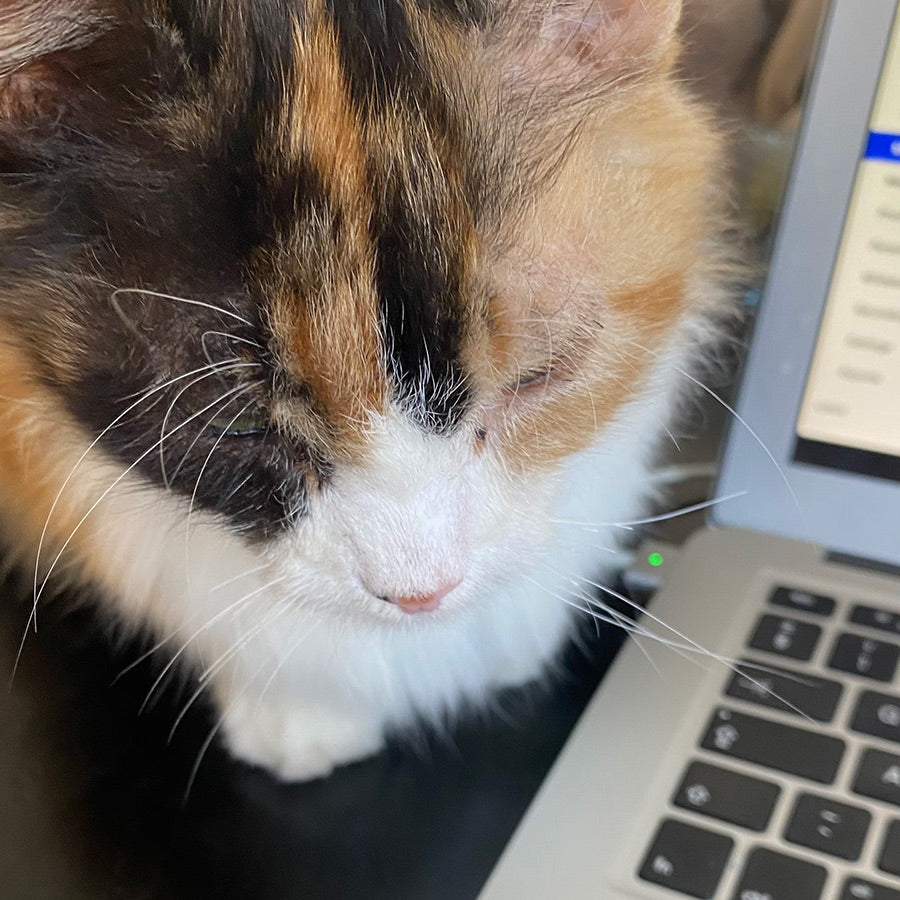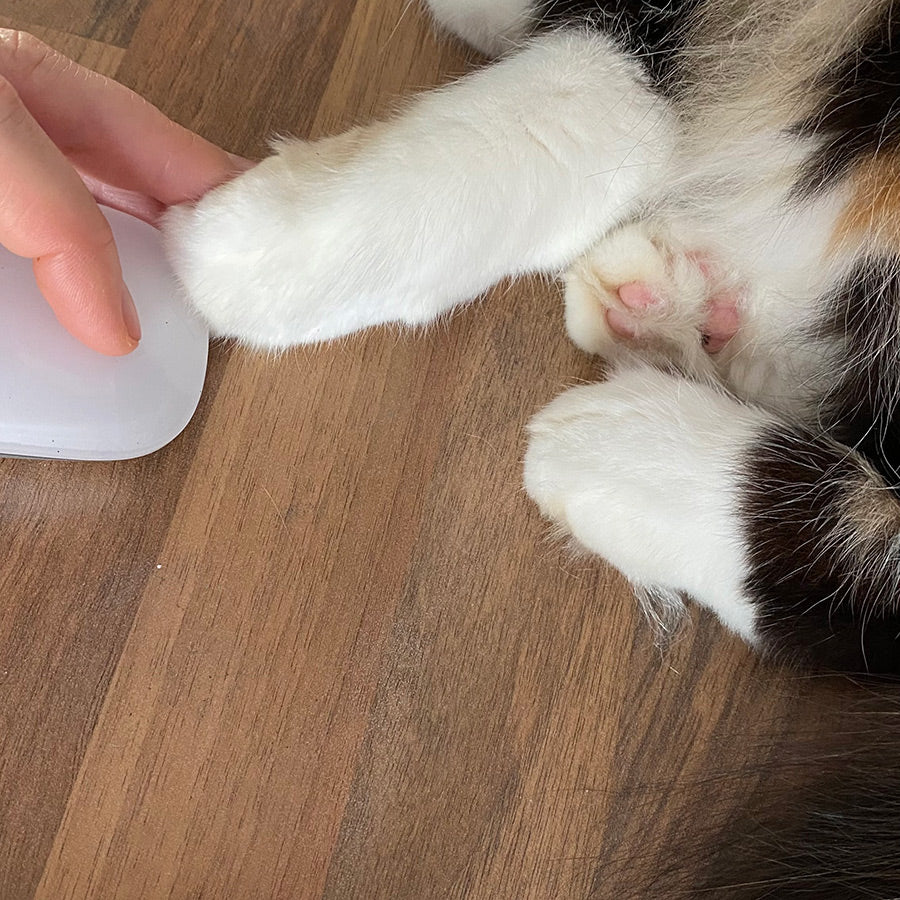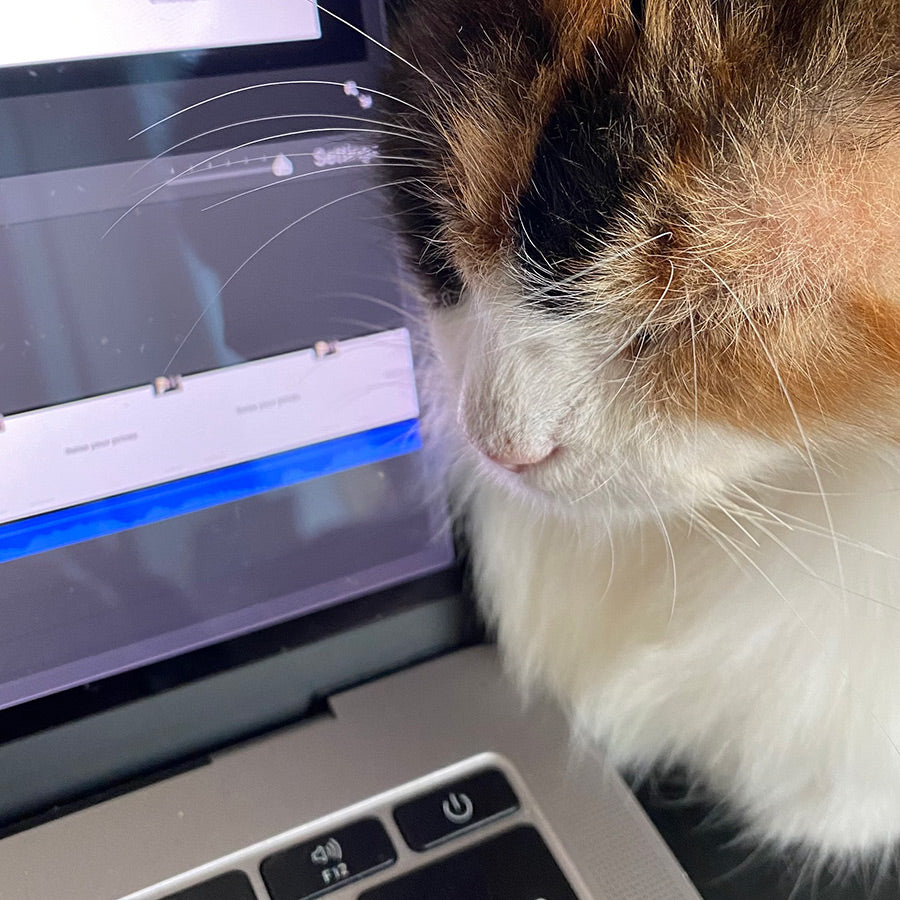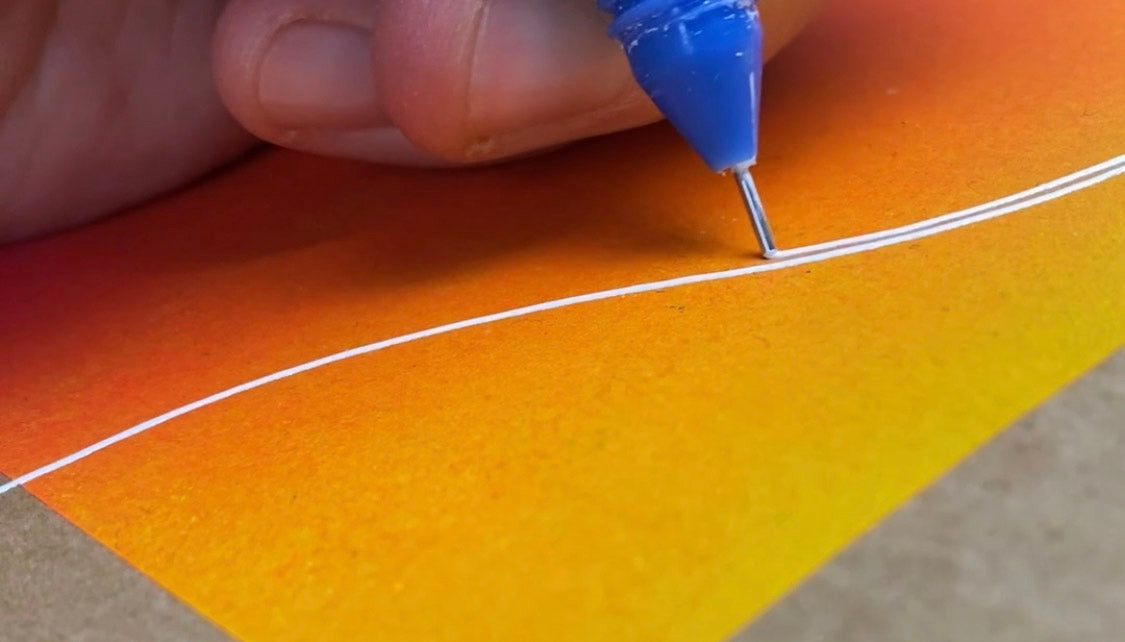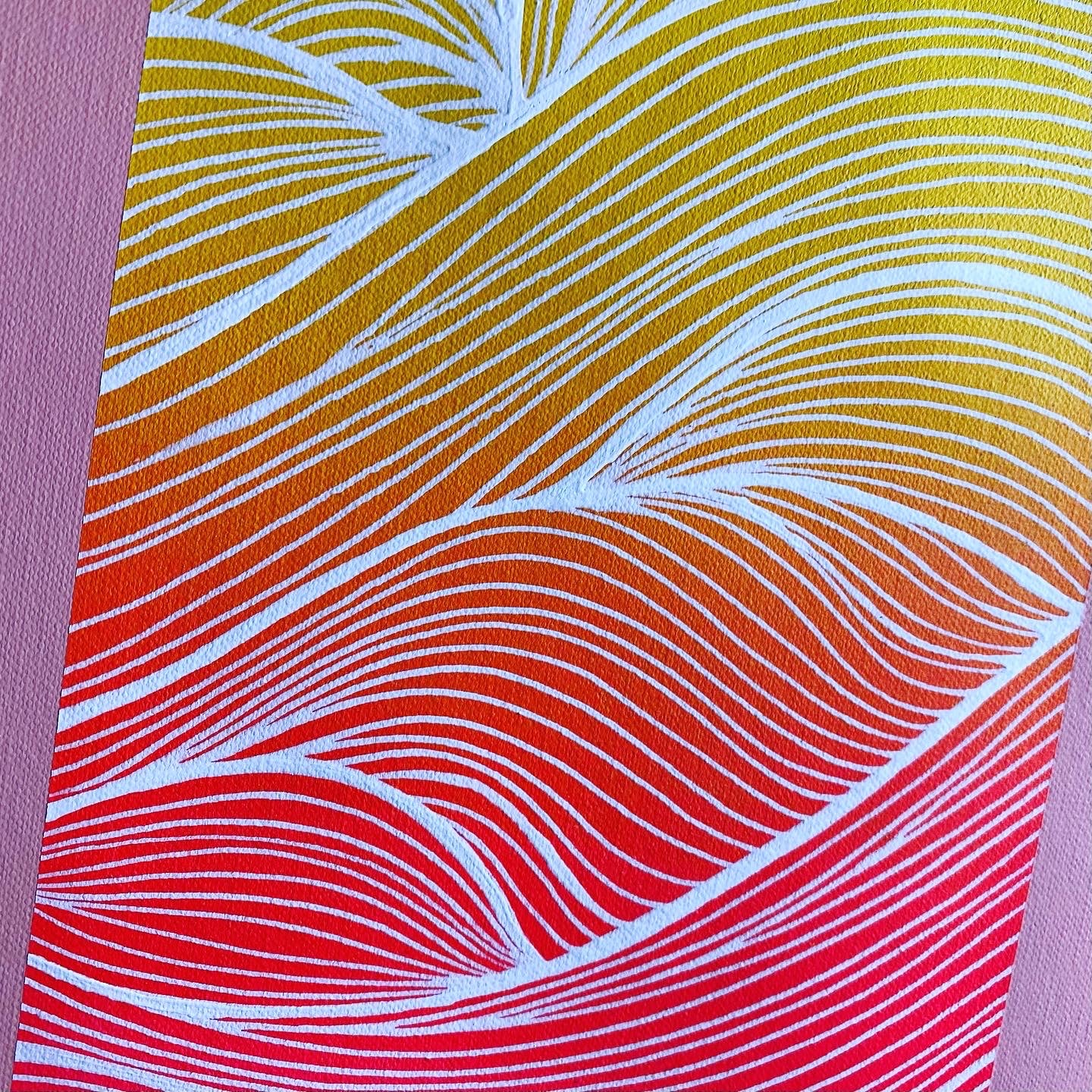
How to find your art style when you like different things
Are you new to art and have no idea where to start? Maybe you like different styles and now when it's time to actually create something you are confused?
Or are you the sort of person that enjoys creating in a lot of different ways? And while that's something you really enjoy, maybe now you struggling to to find your true style?
I've been there and I know that finding your art style can be a challenging and sometimes frustrating process, especially when you like a wide variety of different things.
I think it's important to remember that your art style is a reflection of who you are (this sounds scary but it's not, I'll explain why below) as an artist, and that it will continue to evolve and change over time.
One way to look at this is that you can always learn from one tool/medium/discipline and then apply those learnings to something else. This is how you break the rules, how you create innovation and how you find your way.
However we can't do everything all the time, so in this blog post I've selected few ideas to help you out when finding your style.
Let's see how.
You know you can deliberately construct your own unique style of art? It's true! By identifying and manufacturing your own style, you can paint the way you've always dreamed of. Here's how.
Your style is a result of many small decisions you make throughout your art journey. So, this means you can choose to make those decisions. You can put yourself in situations that force you to decide how you want to paint, ultimately teaching yourself how to paint the way you've always wanted.
It's not as difficult as it may seem, but it does require work, like all the good things in life :)
The first step in this process is figuring out what you want your art to look like. It's important to distinguish between the art you like looking at and the art you like making. Take time to reflect on the difference and think about what kind of art you truly enjoy creating.
Create a folder or even better, a Pinterest board, and collect a variety of art pieces that you're drawn to without limiting yourself to specific subjects, mediums, or styles.
Once you've collected these pieces, identify what connects them all. Think about what you would title an exhibition featuring these pieces, what the theme would be, and how you would describe it in marketing materials.
Use the characteristics you identified to create goals for yourself. Imagine creating a list on this discovered style and think about what you need to learn.
By creating this list, you'll have an actionable plan for achieving your ideal style.
Example: you like minimal artworks, with high contrast gradients and white lines on top (sounds familiar? 😊)
Then your list would be:
- Learning about abstract compositions
- Minimalism in art
- Colour fundamentals
- Techniques on how to create gradients
- Line making
You might already have some of these techniques in you, or maybe not. But this list helps you focus on what's important for your own art style.
Another way to begin finding your art style is to experiment with different mediums and techniques. This can help you to find out what you enjoy working with and what you are naturally drawn to.
For example, if you enjoy working with watercolours, you may find that you are drawn to creating delicate and detailed illustrations. On the other hand, if you enjoy working with acrylics, you may find that you are drawn to creating bold and abstract paintings.
The medium often defines the technique. Try different things and stay open to how they evolve in your hands.
Learn as much as you can. This is pretty self explanatory, but really, nowadays we have access to soooo much content and videos and books... there's no excuse!
You don't need to go to art school, or have a traditional art education anymore. So take your time, sit down and learn about materials, other artist works and personal choices. Art movements and how certain techniques come about.
Learn about colour theory, composition, values, balance. Ask yourself, how was this made?
Another way to find your art style is to look at the work of other artists for inspiration. Here is where Instagram, Pinterest and YouTube really come in handy.
This can help you to see what different styles and techniques are possible, so you can get a sense of what you like and don't like.
You can also try to emulate the styles of artists that you admire, as a way to gain a better understanding of how they work and what makes their art unique.
A tip here: do not compare yourself to others. If you're learning or are new to a medium (or to art) do not compare your skills to someone that has painted for 5/10/20 years. Good art is born from obsession and dedication. What an artist might show you in a YouTube video can be the sum of 2000 hours of their personal learnings and experimentation. Social media is good, but comparison is not. You do yo, at your own time!
Another tip: copying while experimenting is good because that's how you learn and grow, but some artists might not like it if you post on social media a copy/interpretation of their work. So be careful!
In addition to experimenting with different mediums and techniques, it's also important to take the time to reflect on your own personal preferences and values.
What themes or subjects are you drawn to? What colours and shapes catch your attention? What emotions do you want to convey through your art?
Answering these questions can help you to identify your own unique perspective, which will ultimately inform your art style.
For example I really like painting gradients because I love looking at a colour evolving into something else. And this is something that for me goes beyond art, it's an evolution of who I am, and aside from art this gradient obsession comes up when I look at the sky, in the morning sunrise.
It's also important to keep in mind that your art style will change and evolve over time.
As you grow as an artist and gain more experience, you will naturally develop new skills and techniques, which will shape and refine your art style. It's important to be open to change and to embrace new opportunities as they arise.
Finding your art style is not a one-time event, but rather a journey of self-discovery that takes time and experimentation.
As you continue to create and refine your work, you will naturally develop a unique style that reflects your own personal preferences and values.
Remember to be open to change and to embrace new opportunities, and most importantly, enjoy the process of creating art.

